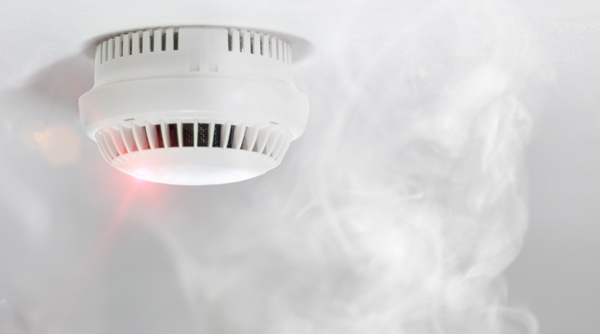Over the years, fire alarm systems have evolved from beeping smoke detectors to loud bells that ring to warn people of danger. When we talk about a traditional fire alarm system, we’re talking about how a building is divided into zones, not the type of warning device. Each zone in this system is wired to traditional fire alarm panels, which then broadcast alerts as needed. Here are a few things to keep in mind about how traditional fire alarm panels work.

Zones of Fire Protection
A building is divided into zones in a traditional bell alarm system, and each zone contains a sensor and an alarm. A zone’s structure may consist of one room or a suite of rooms, but they are all connected by the fact that they are not separated by solid walls, fireproof doors, or anything else that might isolate one section in the event of a fire.
A zone is created when an area is totally blocked off and isolated. These systems are analog, and they rely on wires to connect to a traditional fire panel. Fire alarm bells sound when sensors detect excessive heat or smoke, alerting anyone within the structure that they must escape.
Conventional Control Panels
When a fire breaks out in a given area, the fire protection system sounds appropriate alarms and sends data to a conventional panel in the area’s center. This screen displays information regarding the location of the flame in the building as well as any other pertinent data that it is designed to record. The control panel should be placed near a building entrance.
When a fire crew arrives, they may check the panel, determine where the fire started, and take prompt action to prevent the fire from spreading. This saves precious seconds, and every second saved when a fire breaks out is a potential life or piece of property spared from calamity.
When compared to Addressable Fire Systems (AFS),
An addressable fire alarm system is a more advanced version of a fire alarm system. This system combines digital technology to sound fire alarm bells and record fire information, allowing a wider range of information to be transmitted to the crew that responds to the fire bell. An addressable fire system has several advantages, but the conventional panel has a few advantages at the moment.
First and foremost, it is more cost-effective, especially if you have a tiny structure. Second, unlike its addressable equivalent, a conventional system requires less maintenance. Of course, this isn’t to mean that no upkeep is required. To avoid false alarms, make sure that all equipment is clean and well-dusted.
A traditional fire alarm is most likely to be found in a standard structure, therefore knowing how they work might be beneficial. Installing one of these systems can save you money and simplify maintenance while still providing the necessary fire protection.

